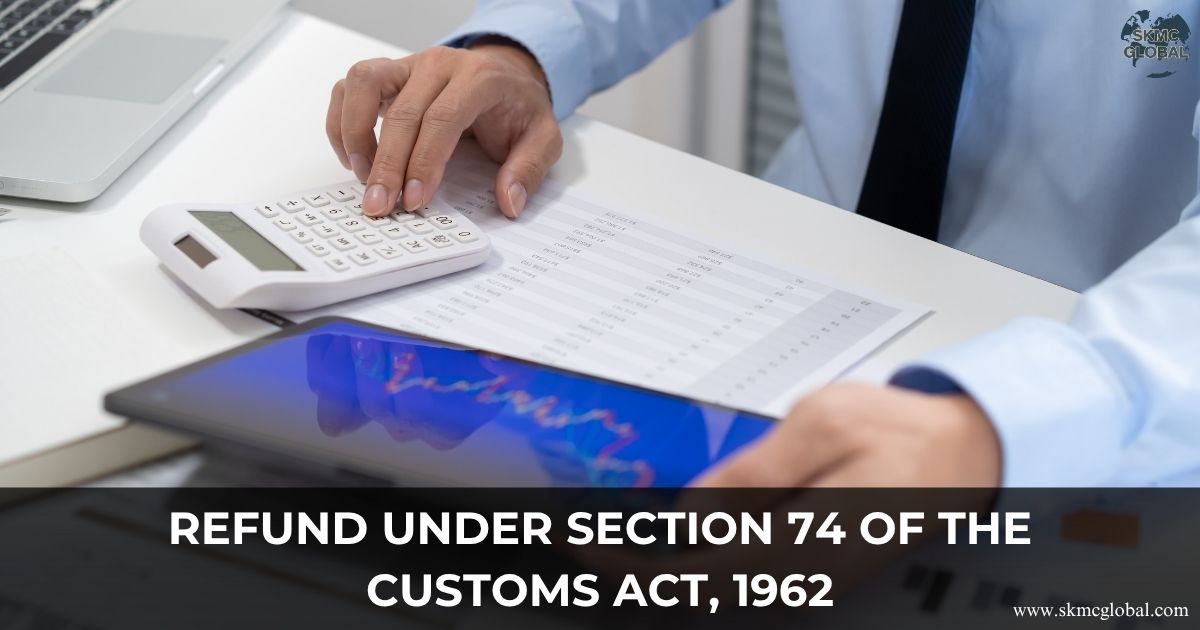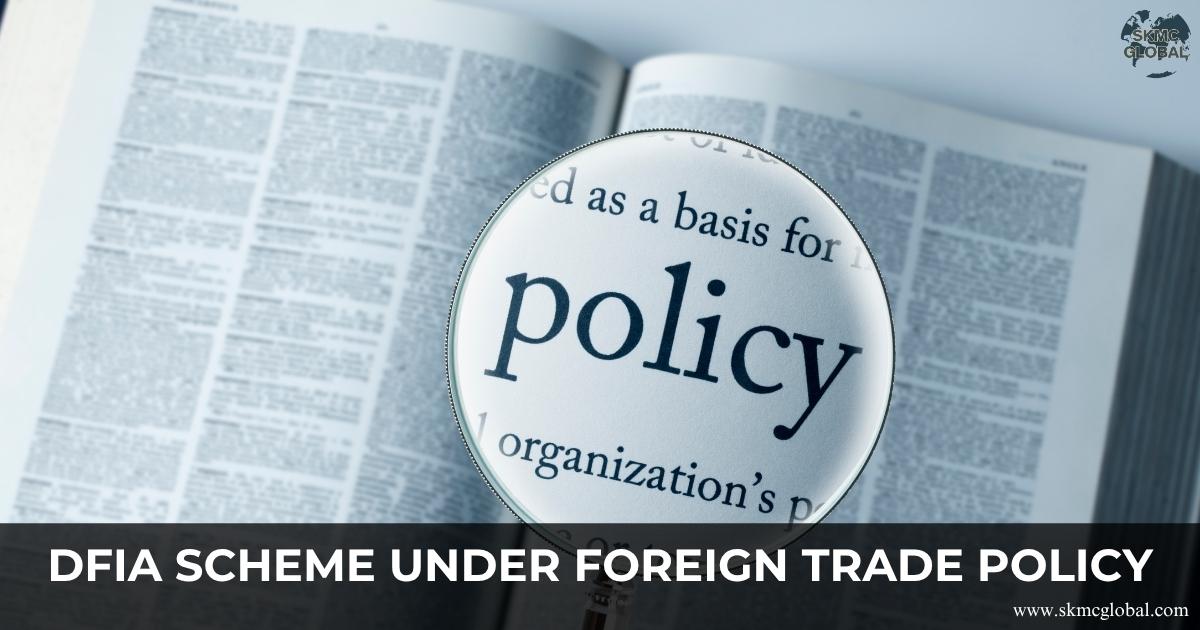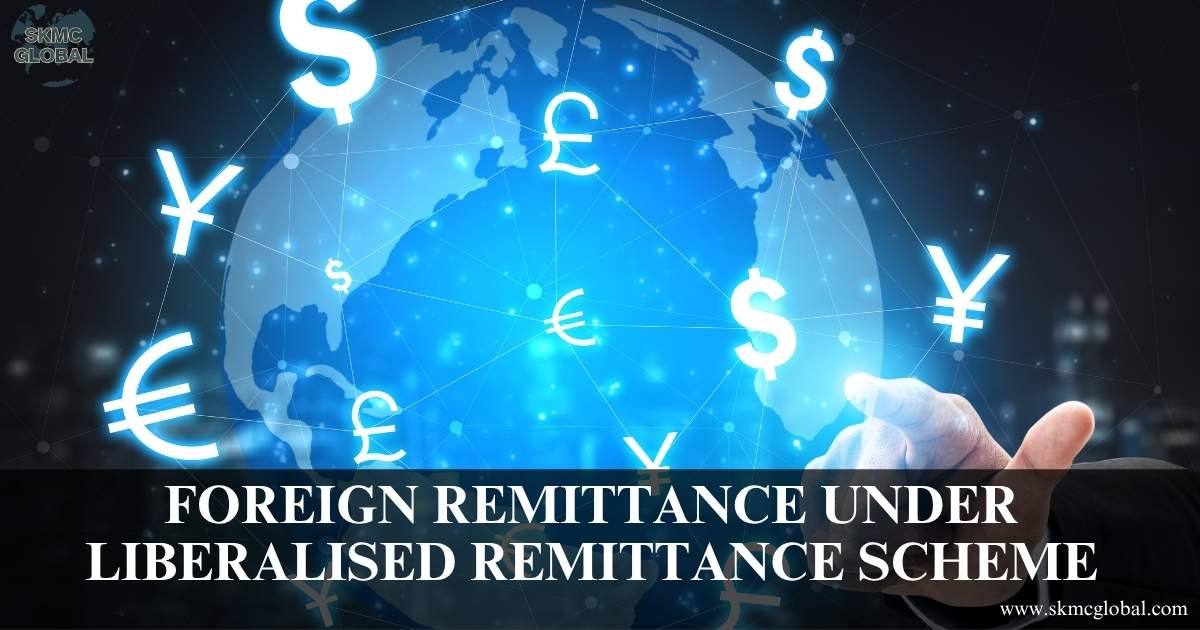
Introduction
In the evolving battlefield of international taxation, the OECD stands central to norms that shape how multinational enterprises (MNEs) approach cross-border tax and transfer pricing. Since its very inception, the OECD established itself as the world’s rule-maker for fair tax allocation, targeting BEPS—Base Erosion and Profit Shifting—efforts that threaten revenue bases globally. The phenomenon of base erosion profit shifting, long documented in OECD statistics, underscores why the OECD rolled out its BEPS blueprint in 2013. That original architecture morphed under the urgency of the ongoing OECD reports into what is now BEPS 2.0, a game-changing framework rooted in two interlocking pillars: Pillar One, detailing new nexus and profit allocation rules (including Amount A and Amount B), and Pillar Two, delivering a 15% global minimum tax. The OECD transfer pricing guidelines, which evolved continually, now form the backbone for aligning corporate strategies with emerging OECD guidelines under the two-pillar system. This article dives deeper into how MNEs can navigate Pillar One and Pillar Two within updated transfer pricing operations.
Pillar One: Redefining Nexus and Residual Profit Allocation
The first pillar of BEPS 2.0 redefines how the OECD thinks about the allocation of residual profits. In older days, profit attribution followed functional presence; now, OECD guidelines under Amount A shift the paradigm—allocating taxable rights based not only on physical presence but also significant digital or consumer-facing activity. The OECD has emphasized, through multiple OECD reports, that this reallocation is essential to tackling base erosion profit shifting in our digital economy.
Amount A, the revenue-based reallocation tool, is a cornerstone of Pillar One. The OECD has consistently documented in its OECD statistics just how much profit escapes taxing jurisdictions. Amount A aims to reclaim some of that revenue, even where MNEs have no tangible footprint—rewriting centuries of precedent codified in the OECD transfer pricing guidelines. While the OECD awaits broader ratification of the multilateral convention, progress continues through unilateral and regional implementation pathways, as the OECD iterated in recent OECD reports.
Complementing Amount A, Amount B delivers a formulaic, safe-harbour approach for routine marketing and distribution functions. The OECD guidelines in its latest deliverables describe a streamlined structure—without the same complexity that typically triggers audits in transfer pricing guidelines. For developing or low-capacity jurisdictions, OECD-backed OECD statistics and OECD reports indicate the benefit of Amount B in curbing documentation burdens and reducing administrative friction.
Strategic implications for MNEs:
- Align marketing and distribution models with OECD transfer pricing guidelines, particularly the new OECD guidelines on Amount B.
- Use OECD statistics to benchmark where Amount A reallocation might be material in markets with high consumer engagement.
- Monitor OECD reports for updates on unilateral adoption—and tailor strategies where legislation lacks multilateral coverage.
Pillar Two: Instituting a Global Minimum Tax
Pillar Two of BEPS 2.0 introduces a robust global minimum tax rule—delivered through the OECD-crafted GloBE model rules. This 15% effective tax rate aims to stop base erosion profit shifting by ensuring MNEs pay a baseline tax, even when they shift profits to lower-tax jurisdictions. The OECD, drawing from OECD statistics, has long demonstrated how such profit shifting undermines domestic revenues—a key driver behind this pillar.
Pillar Two operates via three interlinked rules:
- Income Inclusion Rule (IIR)
- Undertaxed Profits Rule (UTPR)
- Qualified Domestic Minimum Top-up Tax (QDMTT)
Recent OECD reports and OECD guidelines detail extensive administrative commentary, safe-harbours, and allocation protocols. Those OECD reports form essential reading for any MNE recalibrating transfer pricing under the OECD transfer pricing guidelines. According to OECD statistics, over 140 jurisdictions are considering or drafting Pillar Two laws—reflected in the recent OECD reports and national legislative rollouts.
Economically, OECD research forecasts that Pillar Two could curb global low-taxed profits by 80%, halve profit shifting, and generate over US $150 billion annually. That statistic features prominently in OECD statistics and multiple OECD reports. The OECD stresses that this transformative effect is achievable only with coordinated implementation. However, as one OECD report highlights, uncertainty remains—particularly where jurisdictions lag in adopting or interpreting the OECD guidelines.
Strategic Actions for MNEs:
- Model global effective tax rate projections using Pillar Two parameters embedded in OECD transfer pricing guidelines and OECD guidelines.
- Leverage OECD statistics to anticipate top-up tax exposures in jurisdictions with weak domestic tax.
- Account for regional policy variations highlighted in the OECD reports, particularly regarding substance and safe-harbour mechanisms.
Strategic Recommendations & Transfer Pricing Impacts
MNEs must now integrate the evolving OECD guidelines into their tax structures. The two pillars demand a new level of strategic alignment. Drawing from OECD transfer pricing guidelines, businesses should:
1. Review and redesign transfer pricing policies
Audit existing models against OECD guidelines on routine functions, especially Amount B provisions. Build structural changes that reduce reliance on intangible flows and base erosion profit shifting. Use OECD statistics to identify profitable jurisdictions subject to Amount A reallocation. Plug gaps using OECD reports that specify legislative timelines.
2. Model Pillar Two exposure
Incorporate IIR, UTPR, and QDMTT simulations into tax forecast models. OECD guidelines offer standardized approaches; OECD statistics help quantify exposures relative to peers. Reflect country-by-country variance as detailed in OECD reports, and tie back to OECD transfer pricing guidelines to assess if existing distributions are optimally structured.
3. Strengthen documentation and transparency
Update Master File, Local File, and CbCR templates per OECD transfer pricing guidelines and new OECD guidelines—notably around intangible assets, risk behaviors, and intercompany finances. Use insights drawn from OECD statistics to justify position, and cite OECD reports to justify methodologies.
4. Prepare for audits and dispute scenarios
Utilize OECD guidelines to calibrate defensible positions on Amount B eligibility. Incorporate OECD transfer pricing guidelines into APA planning. Leverage data from OECD reports to determine jurisdictions with active audit trends, often informed by OECD statistics.
5. Governance and cross-functional integration
Establish a BEPS-aware governance program aligned to OECD guidelines. Connect tax, legal, finance, and operations to monitor OECD statistics, OECD reports, and compliance timelines. Embrace dashboards that track both Pillars, leveraging OECD transfer pricing guidelines as the reference baseline. Reinforce that OECD established expectations for transparency and proactive adaptation.
Conclusion
The OECD, drawing on decades of expertise, continues to evolve OECD guidelines that reshape the global tax environment. BEPS 2.0 is not just another framework—it is a strategic reset that challenges historic norms. Through Pillar One’s Amount A and Amount B elements, implemented via OECD transfer pricing guidelines, MNEs face a reallocation of profits that targets base erosion profit shifting head-on, ensuring that taxation better reflects value creation in market jurisdictions. Pillar Two’s global minimum tax mechanisms, designed meticulously by the OECD, seek to clamp down on profit shifting enabled by low-tax strategies—confirming insights from OECD statistics and OECD reports on the scale of lost tax revenues.
This is to inform that strategic responsiveness is no longer optional for multinational groups. MNEs must overhaul policies, recast economic models, and redefine documentation—all grounded in OECD guidelines and supported by OECD statistics to withstand regulatory scrutiny. Within this shifting landscape, close monitoring of evolving OECD reports, aligning with OECD transfer pricing guidelines, and maintaining robust governance structures are essential.
Recent Posts
-
 What is SIMS and When It Is Required?...
Nov 10,2025
What is SIMS and When It Is Required?...
Nov 10,2025
-
 What if your SVB investigation does not satisfy cu...
Nov 04,2025
What if your SVB investigation does not satisfy cu...
Nov 04,2025
-
 Mastering HSN Characterization for Importers...
Oct 29,2025
Mastering HSN Characterization for Importers...
Oct 29,2025
-
 What is IGCR and How to Take the Benefit?...
Oct 18,2025
What is IGCR and How to Take the Benefit?...
Oct 18,2025
-
 What is CAROTAR and Its Impact on Industry?...
Oct 15,2025
What is CAROTAR and Its Impact on Industry?...
Oct 15,2025
-
 India’s Free Trade Agreement with Europe ...
Oct 14,2025
India’s Free Trade Agreement with Europe ...
Oct 14,2025
-
 Comprehensive Economic Partnership Agreement of In...
Oct 13,2025
Comprehensive Economic Partnership Agreement of In...
Oct 13,2025
-
 Refund under Section 75 of Customs Act, 1962...
Oct 11,2025
Refund under Section 75 of Customs Act, 1962...
Oct 11,2025
-
 Refund under Section 74 of the Customs Act, 1962...
Oct 10,2025
Refund under Section 74 of the Customs Act, 1962...
Oct 10,2025
-
 All About DFIA Scheme under Foreign Trade Policy...
Oct 07,2025
All About DFIA Scheme under Foreign Trade Policy...
Oct 07,2025
-
 Navigating BEPS 2.0: Pillar One & Pillar Two in Tr...
Aug 16,2025
Navigating BEPS 2.0: Pillar One & Pillar Two in Tr...
Aug 16,2025
-
 Import license on restricted goods in india...
Aug 07,2025
Import license on restricted goods in india...
Aug 07,2025
-
 Procedure to take ICEGATE Registration...
Aug 06,2025
Procedure to take ICEGATE Registration...
Aug 06,2025
-
 Procedure to setup an ESOP Trust...
Aug 01,2025
Procedure to setup an ESOP Trust...
Aug 01,2025
-
 Foreign Remittance under liberalised remittance Sc...
Jul 30,2025
Foreign Remittance under liberalised remittance Sc...
Jul 30,2025
-
 A Step-by-Step Guide to Becoming a GCC AEO...
Jul 18,2025
A Step-by-Step Guide to Becoming a GCC AEO...
Jul 18,2025
-
 Role of Mutual Recognition Agreements under AEO an...
Jul 14,2025
Role of Mutual Recognition Agreements under AEO an...
Jul 14,2025
-
 What is Anti Dumping Duty investigation and its pr...
Jul 09,2025
What is Anti Dumping Duty investigation and its pr...
Jul 09,2025
-
 Annual return requirement under RoDTEP scheme of D...
Jul 09,2025
Annual return requirement under RoDTEP scheme of D...
Jul 09,2025
-
 EPCG Registration: A Step by step Guide for Indian...
Jul 08,2025
EPCG Registration: A Step by step Guide for Indian...
Jul 08,2025
-
 Why Logistics Outsourcing Is the Future of Smart S...
Jun 02,2025
Why Logistics Outsourcing Is the Future of Smart S...
Jun 02,2025
-
 India's Foreign Trade Agreement and Investment Tre...
May 31,2025
India's Foreign Trade Agreement and Investment Tre...
May 31,2025
-
 Differences Between FCGPR and FCTRS:A Comprehensiv...
May 28,2025
Differences Between FCGPR and FCTRS:A Comprehensiv...
May 28,2025
-
 Understanding FDI Norms- A Guide for Foreign Inves...
May 29,2025
Understanding FDI Norms- A Guide for Foreign Inves...
May 29,2025
-
 What you need to know about india's special econom...
May 27,2025
What you need to know about india's special econom...
May 27,2025
-
 Understanding ODI (Overseas Direct Investment) Und...
May 26,2025
Understanding ODI (Overseas Direct Investment) Und...
May 26,2025
-
 How to Track AEO Registration Application and Chec...
May 22,2025
How to Track AEO Registration Application and Chec...
May 22,2025
-
 Benefits or compliance under Indian Foreign Trade ...
May 20,2025
Benefits or compliance under Indian Foreign Trade ...
May 20,2025
-
 AEO v/s Non-AEO: Key Differences and Why Your Busi...
May 19,2025
AEO v/s Non-AEO: Key Differences and Why Your Busi...
May 19,2025
-
 Why SVB Registration is Essential for Related Part...
May 19,2025
Why SVB Registration is Essential for Related Part...
May 19,2025
-
 How Mutual Recognition Agreements Augment AEO Cert...
May 15,2025
How Mutual Recognition Agreements Augment AEO Cert...
May 15,2025
-
 Customs Streamlining Refund Processes Through Auto...
Mar 17,2025
Customs Streamlining Refund Processes Through Auto...
Mar 17,2025
-
 Ekal Anubandh-Single Unified Multi-Purpose Electro...
Mar 06,2025
Ekal Anubandh-Single Unified Multi-Purpose Electro...
Mar 06,2025
-
 Revised guidelines on SVB assessment and its speed...
Aug 26,2021
Revised guidelines on SVB assessment and its speed...
Aug 26,2021
-
 5 ways about how you can fast track your SVB regis...
Jul 21,2021
5 ways about how you can fast track your SVB regis...
Jul 21,2021
-
 AEO Registration in UAE...
Nov 16,2021
AEO Registration in UAE...
Nov 16,2021
